Dyeing Fabric with Procion Dyes: Earth-friendly Tips

Many fiber artists love dyeing fabric. Many want to be sure to use chemical dyes in a safe way to protect themselves and the planet. Today, fabric dyeing expert Candy Glendening of candiedfabrics.com shares information and tips on how to dye fabric safely.
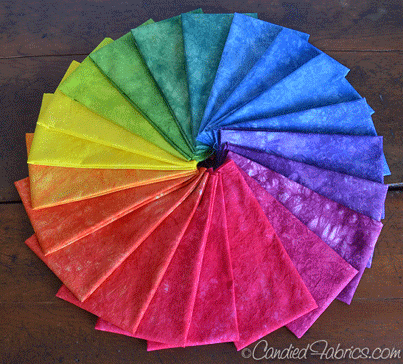
I love dyeing fabric with Procion-MX Fiber Reactive dyes, they allow me to create fabric that is just the color and visual texture that I need for each of my textile art projects. I’m inspired by all the flora and fauna that surround me. I try to impact the earth as little as possible. After lots of research I’ve developed methods of using these dyes that impact our planet as little as possible. I’m excited to provide my fellow color lovers with a few tips on how to dye fabric using Procion MX Fiber Reactive dyes in an earth-friendly manner.
Dyeing with Procion MX dyes requires very little:
✓
Dye
✓
Soda Ash (Sodium Carbonate)
✓
Salt (this is optional and unnecessary for the low water immersion dyeing I do)
✓
Water
✓
Warmth
✓
Time
Dye
Using Procion MX dyes are earthy friendly because we need a small amount of dye to create rich, vibrant colors that are light- and wash-fast. Once we’ve colored our cloth, whatever we make with it will stay beautiful for years and years. In contrast; colored cloth with natural dyes, (pigments produced by plants), you need a lot more of the dyestuff to get any color. This requires more land cultivation than the world has room for. Natural dyes require a mordant to link their pigments to your fabric. Most of the mordants include heavy metals and should only be used by trained professionals. These need to be careful in the handling and disposal of the waste products. (Alum is the exception to those mordants, it is safer to use and easier to dispose of, but still requires care in handling)
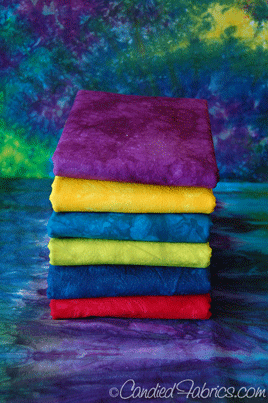
This doesn’t mean that there’s no hazard at all in using Procion MX dyes. Care must be taken to not inhale it in it’s powder form. The dust can cause irritation, and over time people can develop allergies/asthma from this. This is easily prevented by wearing a dust mask or respirator during the short time when the container of dye powder is open, as soon as you mix it with water, the concern for airborne particles is eliminated. Also, there have never been tests done on how safe Procion MX is to eat, you should never return tools from your dye studio to your kitchen!
If these dyes are stored in a temperature controlled environment in powder form, they can last for years, if not decades, so you don’t have to worry about using them up before a certain date. Extreme heat, cold, or humidity can affect their shelf life, so don’t leave them out in your garage; I store mine in a sealed plastic tub in my laundry room. Although you can find these dyes in “big box” craft stores, you don’t know if they have been stored properly. I recommend mail ordering your dyes from a reputable online dye source. The 2 major ones in the U.S. are Dharma Trading and Pro Chemical and Dye.
Procion MX dyes are easily broken down into harmless molecules by microbes in our waste water treatment plants and/or in our soil, so there’s no-build up in toxic wastes that need to be stored or disposed of in a special way.
Soda Ash and Salt
Soda Ash is found in laundry detergents; the amount that we use for dyeing is minimal and has no effect on waste water treatment.
Some methods of dyeing with Procion MX also require salt, sometimes rather large quantities. This is still easily handled by waste water treatment, but if you have a septic system, you’d need to ask for help figuring out how much salt the microbes in your tank could handle on a particular day.
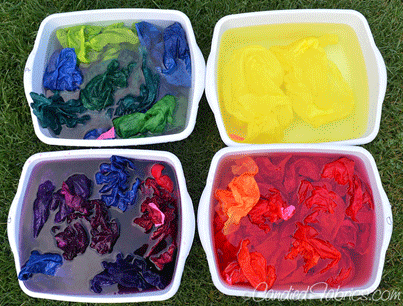
Water
Honestly, the toughest thing on the earth when we dye is the amount of water we use. I dye using low water immersion, so the water I use there is minimal, but washing out all the un-reacted dye particles at the end can take a lot of water, and safe, clean water is a precious resource. In order to minimize my use of water, I do most of my washing in buckets on my patio, and I substitute time for amount of water. Basically, getting those undyed particles out of the fiber requires energy: if you need the fabric quickly, this usually means a multiple cycles using hot water in your washing machine; the agitation and heat knock the dye particles out of the fiber.
However, letting the fabric sit in cool water for longer amounts of time will allow the undyed particles to diffuse out of the fiber as well, so after a quick rinse under running water to get the soda ash out of the fabric, I soak them in dishpans and cold water. I usually do this twice, starting my washout just before dinner time and changing the rinse water before bed. Next soak similar colors together, I can usually fit 2-3 yards in a dishpan. The exception to this is yellow, which is so light in value that it can be affected by miniscule amounts of other dye colors in the first rinse, so I rinse the separately in the beginning. Then I transfer the fabrics into my washing machine and fill it up with hot water and stop it, using the washing machine as a big hot water rinse bucket.
Often times the water is clear after several hours of soaking, if it’s not I drain and repeat the hot water soak, this second soak usually shows that all the dye is gone, which means that those particles won’t move around and perhaps bleed when I’m washing the quilt I made with those fabrics later on!
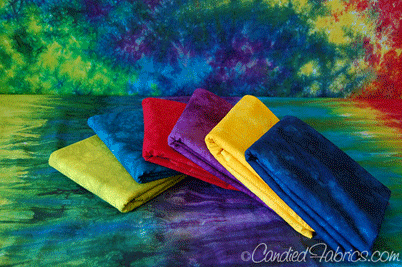
Another earth-friendly technique is to always use your best skills: the better made something is the long it can be used and therefore it doesn’t get thrown away and replaced with something else that has to be made!
Warmth & Time
The chemical reaction that occurs when we dye fabric also requires heat energy and time; the warmer the dyeing fabric is, the less time that it takes for the fabric to dye. I am lucky that so much of the year it is so warm in my Southern California backyard that a couple hours is all that is needed for that reaction to run its course. Folks in cooler climates often add heat by steaming or microwaving their fabrics, using energy that has to be produced in some way that may harm the environment to a greater or lesser extent. But you can also just wait! In the winter, I just let my fabrics batch for a full 24 hours and the fabric I dye then is just as vibrant as the fabric I batch for 2 hours when it’s 105 degrees F.
I hope you’ve learned something about Procion MX Fiber reactive dyes, and how they fit into an earth-conscious lifestyle.
And I hope you try dyeing. The joy that comes from working with fabric you’ve dyed yourself is incredibly fulfilling!
Other topics you may enjoy:
Hand Dyeing Shortcut: Make and Keep a Soda Ash Solution
How to Dye Fabric with Chickpea Flour
How to Hand Dye Fabric with Stencils and Discharge Agents
How to Hand Dye Fabric: Trouble-Shooting Tips
Host Your Own Outdoor Dyeing Party
Happy fabric dying!
*This article contains affiliate links that help us earn a small commission at no additional cost to you. As an Amazon Associate, we earn from qualifying purchases. We’re grateful for your support!
Originally published April 22, 2014; updated on April 16, 2024.
Enjoying this article? Sign up for our newsletter!
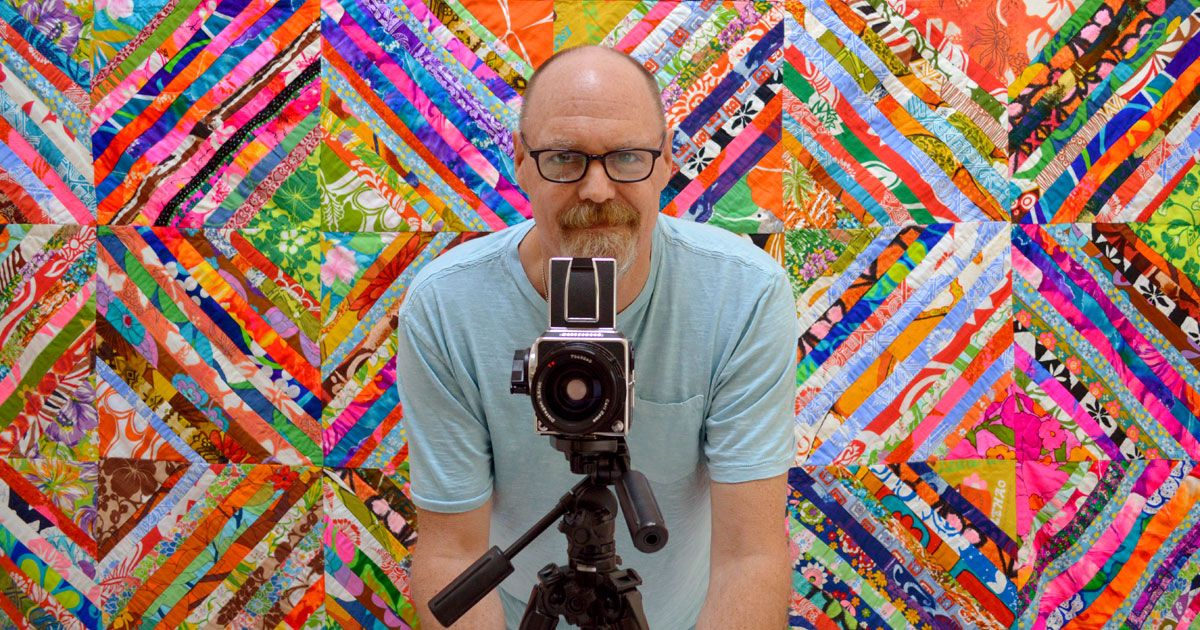

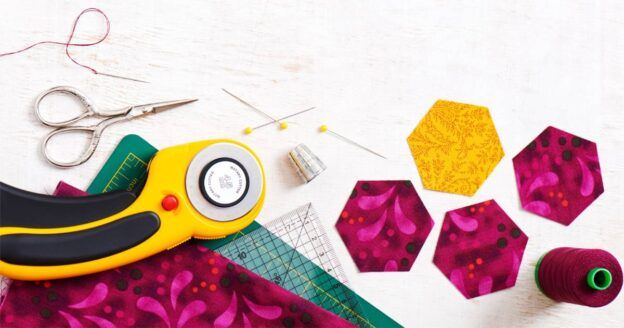

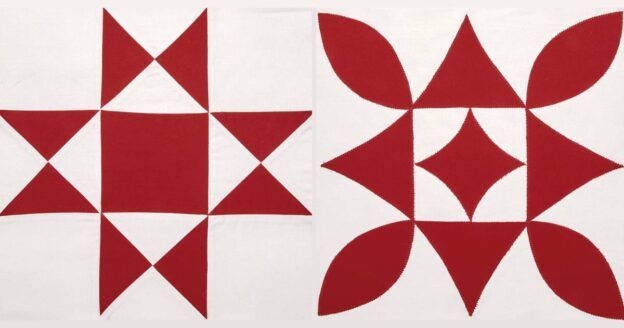
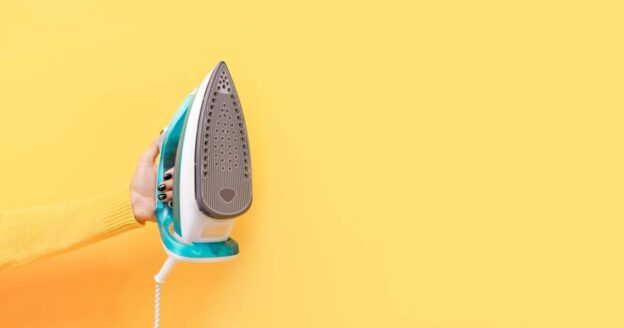

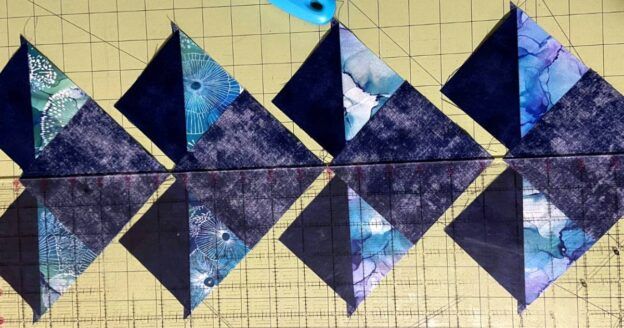
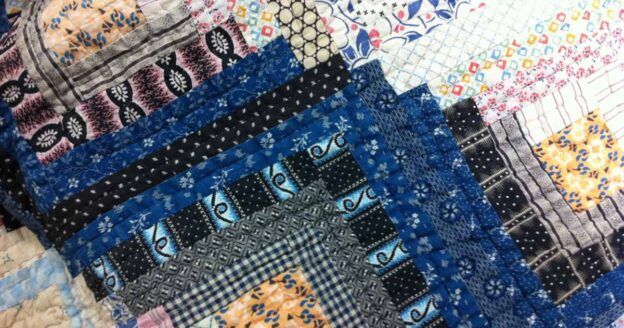
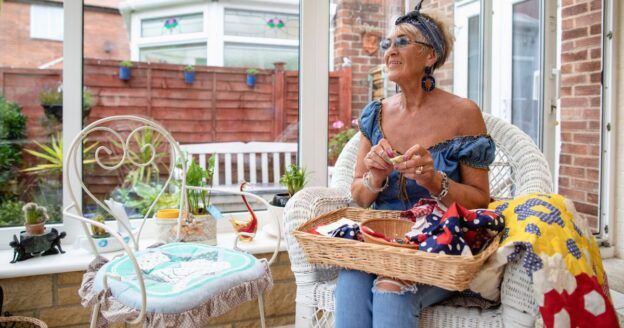
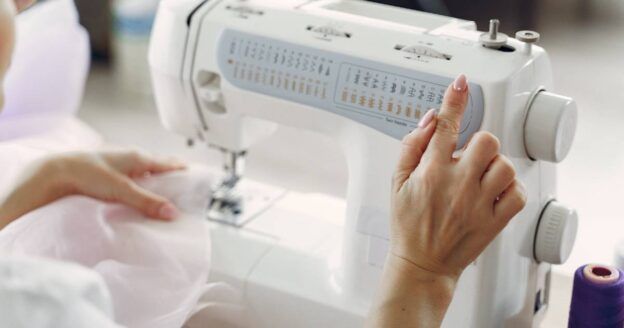
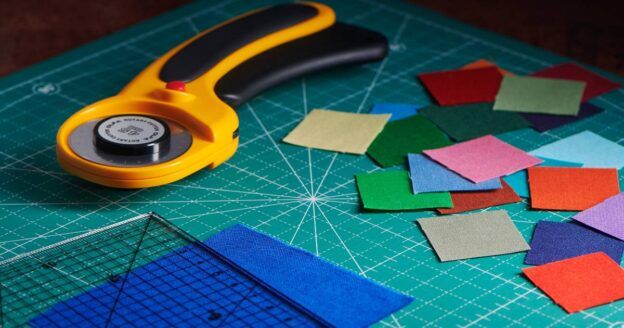
I seem to have a lot of dye left in the dyebath when I use fibre reactive dyes. I feel like I’m pouring most of the colour down the sink! I am a beginner – am I doing something wrong? Are fibre reactive dyes supposed to exhaust or is it normal to have a lot of colour left behing?